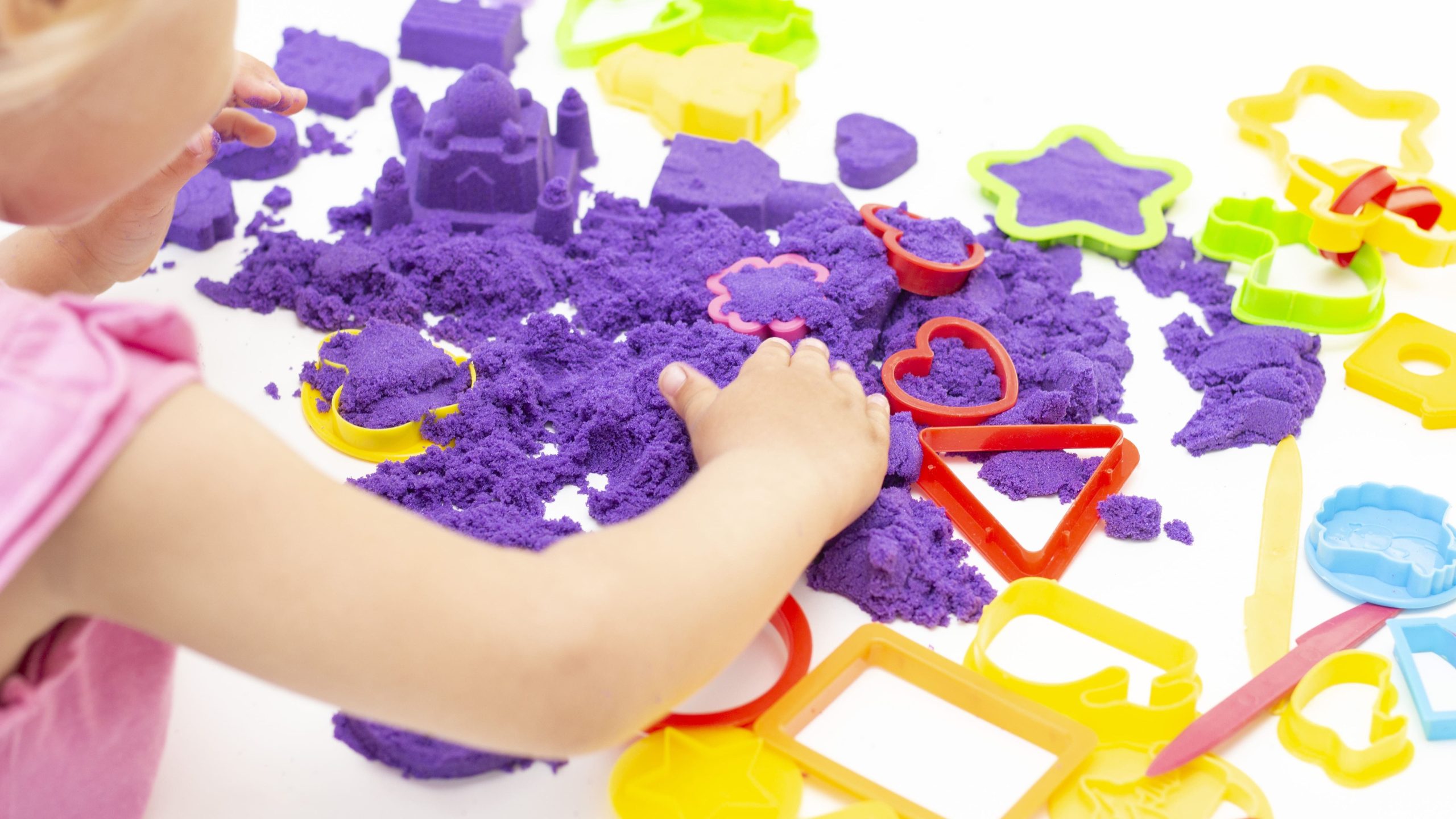
For children with autism, sensory play is more than just fun — it’s a form of therapy. Calming Sensory Toys for Autism play a vital role in helping children regulate emotions, reduce anxiety, and improve focus through gentle tactile and proprioceptive input.
Among these therapeutic tools, Kinetic Sand stands out for its soothing texture and ability to engage both the hands and the mind. It offers a safe, mess-free way to support sensory regulation at home, in classrooms, or during therapy sessions.
Children with autism often experience sensory processing differences — they may be over- or under-sensitive to touch, sound, or movement. Calming sensory toys give them safe ways to explore textures and sensations without stress.
These toys can:
Unlike ordinary sand, kinetic sand sticks to itself — not to hands or tables. It flows slowly when squeezed and holds its shape when molded, offering both movement and structure.
This dual nature provides tactile and proprioceptive feedback ideal for children sensitive to messy or unpredictable textures.
Key calming qualities:
Kinetic sand combines tactile comfort with gentle sensory feedback, helping children engage their senses in a controlled, predictable way. It’s quiet, flexible, and endlessly reusable — making it a preferred option for both therapists and parents.
| Feature | Sensory Effect | Benefit for Autism |
|---|---|---|
| Soft, moldable texture | Tactile stimulation | Reduces anxiety and tension |
| Slow, flowing motion | Predictable sensory rhythm | Improves attention and self-control |
| Mild resistance | Deep pressure (proprioceptive input) | Promotes calmness and emotional grounding |
| Repetitive play | Rhythmic movement | Encourages mindfulness and focus |
Expert Insight:
Here are four effective, therapist-endorsed methods to include kinetic sand in calming routines:
Create a sensory zone with a small tray of kinetic sand, calming visuals, and soft lighting. Perfect for short sensory breaks or post-meltdown recovery.
Encourage slow pressing, slicing, and reforming of the sand while taking deep breaths — pairing tactile rhythm with relaxation breathing.
Build simple shapes, letters, or animals to promote focus through creative engagement.
Add rollers, molds, or cutters to introduce variation in texture while maintaining control and calmness.

| Toy Type | Sensory Input | Pros | Cons |
|---|---|---|---|
| Kinetic Sand | Tactile & Proprioceptive | Mess-free, quiet, creative | Requires tray or container |
| Play Dough | Tactile | Strengthens hand muscles | Sticky texture may bother tactile-sensitive children |
| Slime | Tactile & Visual | Stretchy, visually engaging | Can be messy or overstimulating |
| Weighted Toy | Proprioceptive | Deep pressure for comfort | Passive; less interactive |
| Fidget Spinner | Vestibular & Visual | Helps redirect focus | May cause visual overstimulation |
Kinetic sand offers a balanced middle ground — interactive, quiet, and non-messy — ideal for calming environments like classrooms and therapy rooms.
Safety is key when choosing any sensory toy for children with autism:
Many occupational therapists and parents report noticeable improvements in emotional control and communication when kinetic sand is used consistently in sensory routines.
Q1. Is kinetic sand good for kids with autism?
Yes. Its soft, flowing texture provides calming tactile input that helps regulate stress and improve focus.
Q2. What age is kinetic sand suitable for?
Generally ages 3+, under adult supervision to prevent ingestion.
Q3. How is kinetic sand different from regular sand?
It’s coated with a safe polymer that keeps it moldable, clean, and ideal for sensory therapy.
Q4. Can kinetic sand be used in therapy sessions?
Absolutely. Occupational and ABA therapists often include it in sensory integration activities.
When thoughtfully chosen and safely used, Magic Sand is one of the most effective calming sensory toys for autism. It helps children unwind, self-regulate, and explore creativity — all within a soothing, predictable sensory environment.
Sometimes, the simplest form of play brings the greatest therapeutic comfort.
For any questions or quotes about our Sensory Sands!